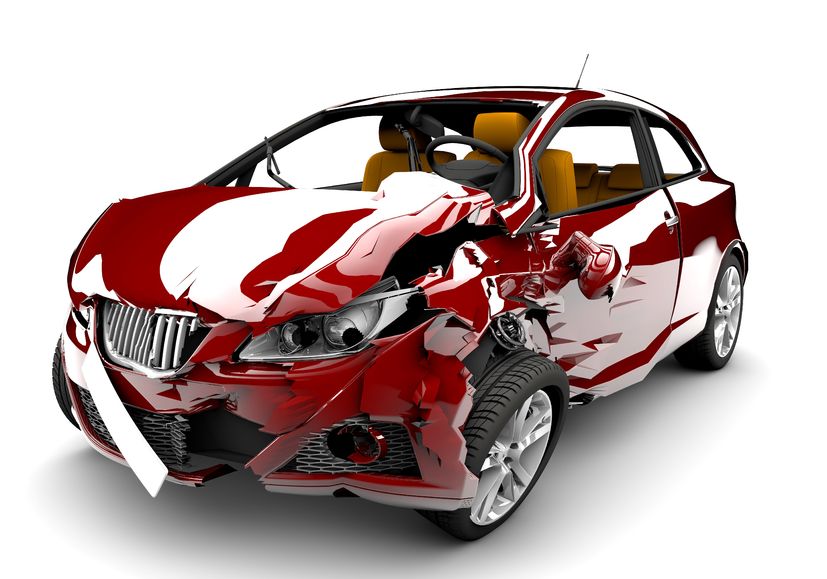Rheumatoid Arthritis
Early Symptoms
There are Rheumatoid Arthritis Early Symptoms that you should be aware of.
The big danger of RA is that it usually starts slow and small, so we think that it's just an ache or a pain that will go away. Then it gets worse.
Then we eventually notice it's a problem. Rheumatoid Arthritis can come on fast or slow...when it's fast then this page doesn't so much matter, but when it's slow, what you'll find on this page can help you nip it in the bud (it's easier to get rid of it at the beginning than in more advanced stages).
There are some key indicators that should raise some red flags. The quicker you become aware of early Rheumatoid Arthritis.
Feb 1st or sooner!

Rheumatoid Arthritis
Early Symptoms
-
How It Usually Goes
First off, make sure you know about Rheumatoid Arthritis Symptoms.
Essentially, any of the same symptoms can be an early rheumatoid arthrits symptom. They're all the same symptoms.
The key to the 'early' part, is that there's a common pattern in which RA symptoms develop and appear.
Here's How It Usually Goes
When First Getting RA
Rheumatoid Arthritis early symptoms go like this. It either goes fast or slow.
Fast:
You notice more than one symptom about the same time, and those symptoms get worse and other symptoms become noticeable. This happens over a comparatively quick period of time.
What this means is that the progression has been ongoing but you haven't felt anything, and then something changes and all of a sudden you feel symptoms that had already been there but either below your awareness or just needed a slight elevation to kick over a threshold. And once over that threshold, way over that threshold.
Slow:
The most common pattern of early RA symptoms goes like this:
- You feel ache or pain in a single joint of a wrist, a finger, thumb, ankle, foot, or toe. A single small joint starts to hurt.
- It can be a bigger joint, like a knee. Most commonly a smaller joint, but knees and shoulders are entirely 'common'.
- Regardless of the single joint, pain basically shows up out of the blue. You'll think it's from playing sports, or from work. You'll think that it's just something not horribly outside the realm of 'expectable'. You'll think it will hurt for a day or three and then go away.
- It will continue to hurt after a day or three. I will continue to hurt for a long time.
- You'll worry about it, but you'll get used to it, and you'll still expect it to go away (our brains our funny like that).
- Then other joints will start to hurt, and even hurt worse.
- At that point, you'll start to really worry about it. You might even go see a doctor.
- Your doctor will problably identify it as Rheumatoid Arthritis, will tell you to rest and keep an eye on it to see what happens, and will warn you that if it gets worse/bad enough you'll want to start pharmaceutical drugs to suppress your immune system's response.
- Your doctor won't tell you what actually caused the RA (because s/he doesn't know).
- You will hurt and continue to hurt, symptoms will (sooner or later) spread and more symptoms may or may not showup. Maybe fatigue, maybe fever and chills, maybe general malaise, definitely more ache, more stiffness, more pain.
- Joints don't usually begin to disfigure until you've had symptoms for many years, mostly decades.
The medical industry does not believe that there is a cure for Rheumatoid Arthritis, and you will be treated as if you have an incurable disease. "It's a lifetime of drugs for you, and good luck!"
That's how it usually goes.
Juvenile Rheumatoid Arthritis Early Symptoms
This is how it goes for kids, too, with Juvenile Rheumatoid Arthritis.
It's a bit different with kids because parents and family members REALLY don't expect kids to get Rheumatoid Arthritis. So if they hurt a little bit, it's attributed to growing pains or maybe they fell down or stubbed a body part.
Rheumatoid Arthritis
Early Symptoms
-
Identification of Early Warning Signs
The main aspect of the early identification of RA symptoms is to be aware that YOU COULD ACTUALLY HAVE RHEUMATOID ARTHRITIS.
As humans we have this bad habit of thinking that we're invincible and immortal. And we have an equally bad habit of thinking that if one has pain, that pain will eventually go away on it's own.
Some pain does go away on it's own. Rheumatoid Arthritis symptoms will not...not for long, anywah.
So first, you must be aware that ANYBODY can get Rheumatoid Arthritis. That's not actually true, but as a mental attitude, let's just go with that.
It's important, of course, to understand what RA actually is, and what causes it. If you haven't yet, See the Cause Of Rheumatoid Arthritis page, that will help this page make more sense.
Early Symptoms Of Rheumatoid Arthritis
- Stiffness in a single joint (usually small joint) that shows up and doesn't go away
- Ache or pain in a single joint (usually small joint) that shows up and doesn't go away
- Swelling of a joint (usually a small joint) that shows up and doesn't go away
- Unexplainable ache/pain/stiffnesss in a joint (meaning, you can't think of a reason why it -should- hurt) that shows up and doesn't go away
- Sudden joint stiffness/ache/pain after a sport or other activity, that you expect will go away swiftly but doesn't.
- Any of the above symptoms showing up in a second joint.
- Recurring fever symptoms, with or without joint problem (this can include weight loss
With children and teens all of the above applies. An early warning sign of juvenile rheumatoid arthritis is:
- A child or teen complaining of any of the above symptoms when there's no reason to justify the symptoms, and/or when the symptoms don't go away.
- You won't see a joint pain symptom in a kid and automatically suspect it of being a juvenile Rheumatoid Arthritis early symptom. You just won't. Unless you read this and get suspicious of that joint pain.
It should be obvious, but it's not.
It seems obvious, but in the moment, it never is. That's the key to quick identification of early Rheumatoid Arthritis symptoms....being open to the possibility that you might actually be having RA symptoms.
There's a reason why people go months and years with RA symptoms...they think it will go away at some point, and they think that THEY couldn't actually be having a real problem. Humans are funny like that.
Rheumatoid Arthritis early symptoms are rarely seen as such, by you or anyone else. Even if you go to see a doctor (or take your child to see a doctor) with just a single painful joint, the doctor just doesn't have enough information to make any kind of accurate diagnosis.
A GOOD doctor will see it as a possible clue, and not just brush it off. And as always, it's important for you to be more vigilant and suspicious than your doctor.
Rheumatoid Arthritis
Early Symptoms
-
Stop Them In Their Tracks
The benefit of early identification of symptoms of Rheumatoid Arthritis, is that you get get to work REMOVING THE CAUSE OF RHEUMATOID ARTHRITIS.
RA treatment is pretty simple (well, EFFECTIVE Rheumatoid Arthritis treatment is pretty simple)....you remove the cause of the problem.
Rheumatoid Arthritis is not a disease. Rheumatoid Arthritis early symptoms aren't 'disease symptoms'. RA doesn't show up for no reason, RA shows up for a very specific and predictable set of symptoms. RA symptoms are the end result of an ongoing physical process caused by a particular set of factors.
Even though the MayoClinic and WebMD and hospital medicine in general firmly believe that there is no cure for Rheumatoid Arthritis, there really is. And it's not even a cure, it's more like pulling a thorn out of your foot. If you never remove the thorn, your foot will continue to hurt.
It's not rocket science.
Sooner than later identification of Rheumatoid Arthritis early symptoms is far preferrable to not figuring out that it's RA until a decade down the line.
Realistically, if you have RA, you're already past the early identification place. But maybe not.
It's important to start reversing RA as soon as possible. The more time that your body is 'attacking your joints', the more actual damage can happen, and the harder it is to reverse the effects on the body.
When a joint is deformed, it's deformed, and there's nothing to do about that. But you can STILL reverse the RA mechanism so it will stop doing damage, and stop creating pain.
You may be long past the 'early' part of identifying Rheumatoid Arthritis early symptoms, but it's never to late to remove the thorn and reverse the process.
Find out more about Rheumatoid Arthritis Treatment.
Return to the top of this Rheumatoid Arthritis Early Symptoms page
Go to the main Rheumatoid Arthritis Help page
Go the the www.TendonitisExpert.com homepage

